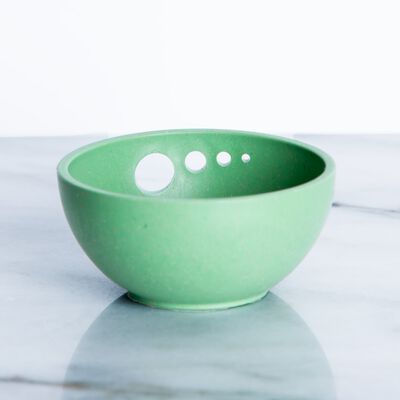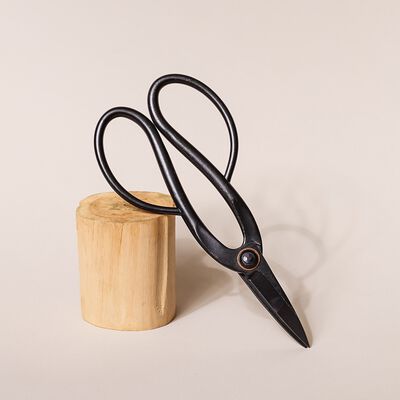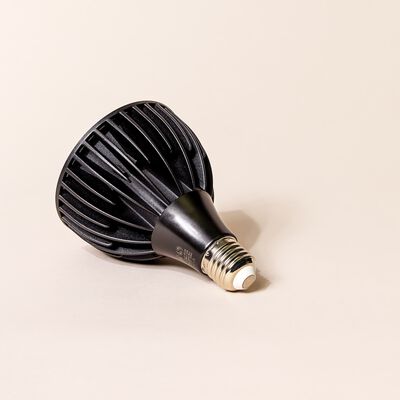
Your Guide To: Lavender
Everything you need to know to care for these wonderfully fragrant potted herbs.
While it's not your typical houseplant, lavender's fragrant blue-green foliage adds charm and tranquility to any room. But more than just home decor, lavender may be one of the hardest working members of your household.
From kitchen to bath and just about everywhere in between, lavender leaves make things smell, taste, and even feel better. Known for their ability to calm, soothe, and even heal, lavender leaves can be used to create salves, lotions, creams, and soaps. It's ideal for potpourris, scented sachets, candles, bath salts, and bath bombs. But don't miss out on its culinary uses. Try lavender in desserts, like homemade ice cream or sugar cookies, in lemonade or your favorite cocktail, and in oils and vinegars.
How to Keep a Lavender Plant Happy
Lavender is traditionally an outdoor plant. Native to the Mediterranean, it favors a mild, dry climate with lots of sun. With a little thoughtfulness, lavender can thrive inside your home, where you can enjoy it up close.

How Much Lighting Does a Lavender Plant Need?
Lavender plants love the sun. South-facing windows are typically an ideal spot where they can get plenty of warm, bright, direct light, ideally six to eight hours each day. A west-facing window is a good second choice, providing long stretches of direct sunlight without the intensity of the hottest part of the day. If your lavender plant doesn't seem to be getting enough light, you can add a fluorescent lamp or even a grow light to its environment to help.
How Do I Know When To Water My Lavender Plant?
Lavender likes well-drained soil. Let it get fairly dry between waterings. Use your finger to test. If the top inch or two of soil is dry to the touch, it's time to water. If you'd rather take the guesswork (and your finger) out of it, use a plant moisture indicator from our shop.
When it's time, use a small container or watering can to pour water out slowly, directly onto the soil, moving in a clockwise motion to evenly water the plant's roots. Keep going until water flows through the pot's drainage hole. Be sure to dump any extra water that drips into the tray at the bottom of your plant so the roots don't sit in it.
How Do I Use Plant Food for My Lavender Plant?
Plant food is an important part of fostering healthy growth and new leaves as your plant settles into its new digs.
For a kitchen-sized lavender plant in a container that’s 5-7 inches in diameter, insert the number of plant food spikes (included with your Greendigs plant purchase) indicated in the directions into the soil once every month during spring and summer. In fall and winter your lavender plant’s growth will slow so you only need to feed it every two months. Yes, even though your plant lives inside, it still experiences the seasons.

What Is a Lavender Plant's Ideal Environment?
How Do I Prune and Maintain My Lavender Plant?
How Do I Harvest My Lavender Plant?
Choose larger leaves and be sure to snip the entire stem to support continued growth of the plant.
To enjoy the most flavor out of your lavender leaves, use them right away while they’re fresh, however, if you store them in a plastic bag in your refrigerator for a few days, they will still retain good flavor and color.
You can also set a sprig on your kitchen counter to let it dry out for a bit, or use a food dehydrator to make it more like what you’d find in a spice jar.
For a little extra help in the kitchen, try using our Pull and Pinch Herb Harvester to quickly and easily separate the leaves from their stems. This handy tool makes harvesting any herb faster and easier.

How to Address Common Lavender Plant Issues
- Drooping or brown leaves can mean your lavender plant is getting too much water.
- Aphids and other pests are particularly drawn to lavender plants, especially if you give your plant some sunshine outside during the warmer months. If you notice aphids gathering on its leaves, a stream of water from a garden hose can be used to knock them off.
What to Do If You Still Have Questions
If your lavender plant doesn't seem to feel at home in your space, we're here to help. Chat live with a Greendigs representative on our website or shoot us an email at [email protected].


